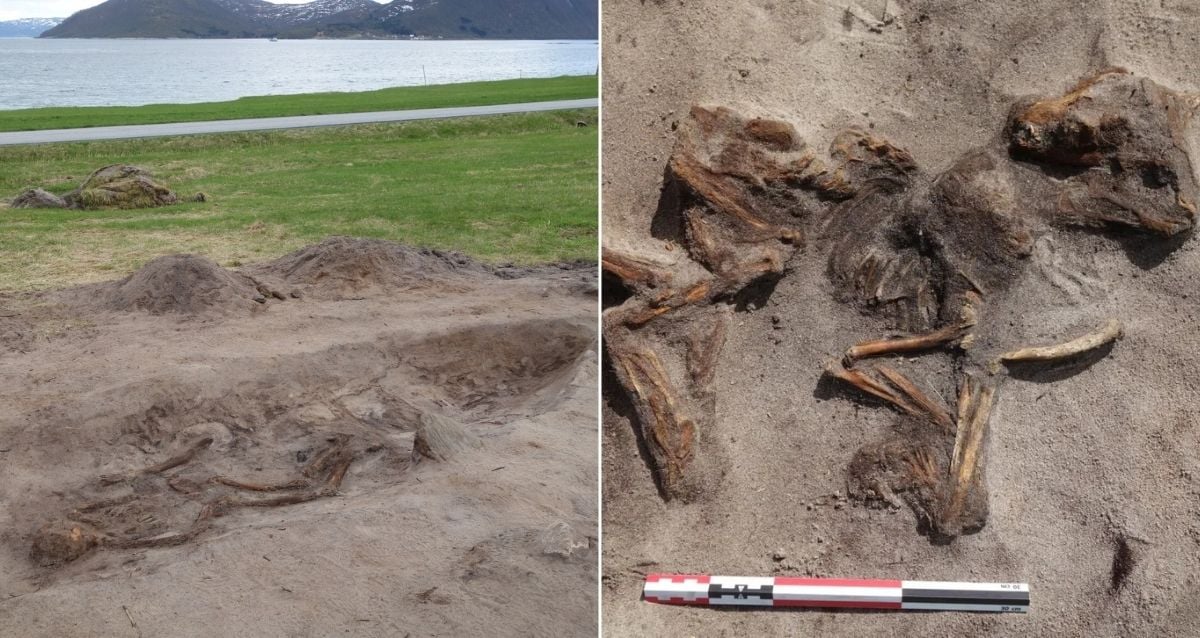Ancient Peruvian Elites’ Secret Rituals Unveiled: Mysterious Drug Use Found in 3,000-Year-Old Artifacts
The results of their study were published in the Proceedings of the National Academy of Sciences earlier this month.
The Chavín People Of Ancient Peru
Before the Inca civilization rose to prominence in Peru, the Andean highlands were dominated by a group known as the Chavín. Their society flourished for about 700 years between 900 and 200 B.C.E., and they are widely considered to be one of the earliest and most influential pre-Inca cultures in the region.
The center of their society was the ceremonial site of Chavín de Huántar, in the modern-day Ancash region of Peru. The site sits at an elevation of around 10,400 feet, is strategically positioned between the coast and the jungle, and once served as a major religious and cultural center. The complex itself is a feat of engineering, particularly the network of underground galleries and drainage systems that were designed to produce acoustic effects, such as mimicking the roar of a jaguar during ceremonies.

CyArk Chavin Database/Wikimedia CommonsA large circular plaza at Chavín de Huántar.
Based on archaeological examinations of the site and its structures, researchers determined that, like many pre-Columbian ancient societies, the Chavín worshiped a pantheon of deities that were often depicted as animal-human hybrids. However, the exact nature of the spiritual practices had long been the subject of speculation among researchers. It was clear that the complex’s underground chambers played a role, and historians theorized that hallucinogens were involved, but they had no concrete evidence to support this.














Post Comment